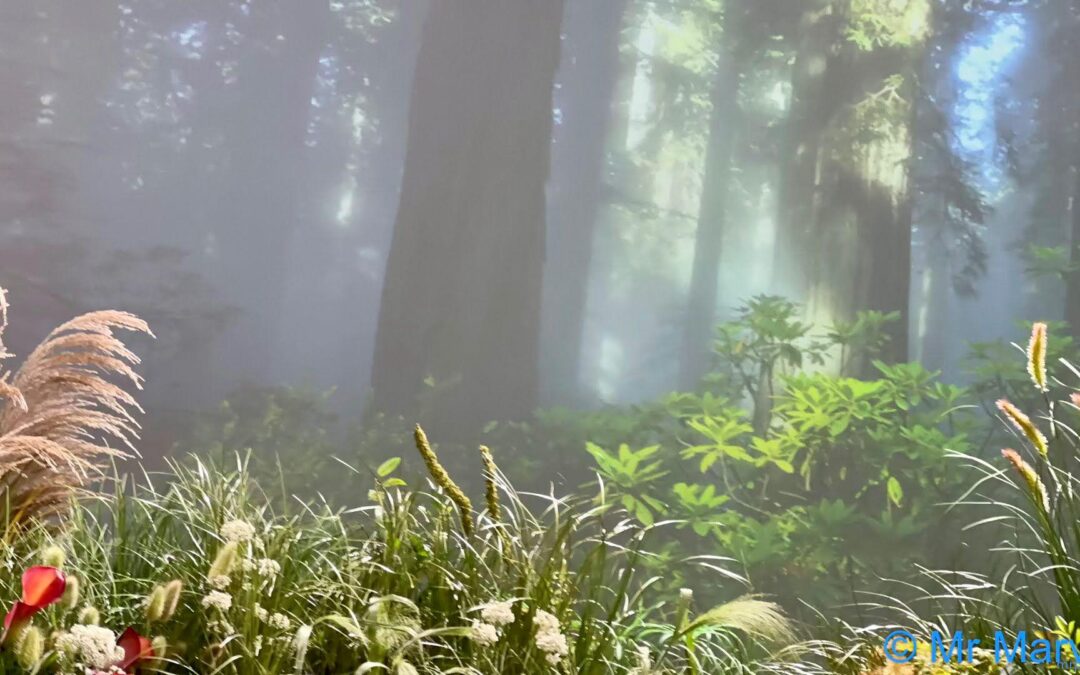
Innovating Photography: Harnessing Projectors for Virtual Photography Techniques
Introduction to Virtual Photography
Virtual photography technology is a completely new approach to transforming the field of visual arts, distinct from traditional photography methods. It creates images through digital manipulation and virtual environments, rather than capturing light in the real world through the lens of a camera. This innovative virtual photography technology enables artists and photographers to explore aesthetic possibilities that are difficult to achieve in traditional photography. In recent years, the rise of virtual photography technology has made this field attract more and more attention.
With the continuous development of virtual photography technology, more and more creators are beginning to value its potential in artistic expression, and virtual photography technology will open up new paths for the future of visual art.
Innovations in virtual photography have given artists new tools to achieve more complex visual effects.
Advances in digitalization have brought virtual photography to the fore. The application of modern tools and software allows photographers to create engaging visual works by fusing various elements such as 3D models, digital textures, and lighting effects. With digital platforms, photographers can transcend the limitations of their real environment. Unlike traditional photography, which relies on the limitations of the physical world, virtual photography technology gives creators complete freedom to build new environments and scenes from scratch.
In addition, technology plays an integral role in enhancing this art form. The use of advanced software for editing, rendering, and compositing has democratized virtual photography and made creative photography accessible to a wider range of practitioners. Artists can manipulate images with precision and creativity, experimenting with previously unimaginable colors, angles, and compositions. More importantly, the advent of projectors has brought a new dimension to virtual photography. By incorporating projection into their work, photographers are able to create immersive experiences that allow for interaction between projected vision and captured images.
This intersection of technology and artistic expression invites photographers to push the boundaries of their craft, reimagining the possibilities inherent in their visual storytelling. As we delve deeper into this topic, we will explore the innovative techniques involving projectors that can further enhance the creative potential of virtual photography.
The application of virtual photography technology is constantly expanding, attracting more and more photographers to explore the infinite possibilities of this field.
When selecting a projector for virtual photography, photographers need to consider its impact on image quality in order to ensure the best possible performance of virtual photography.
The key to virtual photography is selecting the right projector to achieve the best results.
Integrating a projector into virtual photography requires attention to detail to ensure the effectiveness of the final image.
In virtual photography, creating a dark environment often brings unexpected surprises, which can greatly enhance the projection effect.

Projection will open new creative doors in virtual photography technology.
The application of virtual photography technology makes the creation of background textures more diverse, enhancing the layered sense of visual narrative.
Dynamic light effects can bring new life to portrait photography in virtual photography technology.
The innovation of virtual photography technology fuses digital art, making it the perfect combination of the two fields.
The creative application of virtual photography technology has helped photographers expand their artistic horizons.
The Role of Projectors in Virtual Photography
In virtual photography using projectors, photographers have to deal with different challenges.
Aligning the projector with the subject is the key to the success of virtual photography.
By controlling the ambient light, the imaging quality of virtual photography can be improved.
A high-resolution projector is an important tool for ensuring the image quality of virtual photography.
Using these practical methods, photographers can take the creative process of virtual photography one step further.
In the evolving landscape of virtual photography, projectors serve as a versatile tool for photographers aiming to expand their creative horizons. These devices enhance traditional photography by allowing the projection of images, patterns, or light onto various subjects or backgrounds. Depending on the project’s requirements, different types of projectors can be utilized, including LED, DLP, and LCD projectors, each offering distinct advantages in terms of brightness, color accuracy, and portability.
When selecting a projector for virtual photography, it is essential to consider factors such as lumens output, resolution, and aspect ratio. A projector with higher lumens capability will perform better in well-lit environments, ensuring that the projected image retains clarity and vibrancy. Resolution is crucial as well; a higher resolution projector will produce sharper and more detailed images, which can significantly enhance the overall quality of the visual output in photography.
The technical setup for integrating projectors into virtual photography involves a few critical steps. First, establishing the appropriate distance between the projector and the subject is vital, as it impacts the size and clarity of the projected image. Photographers should aim for a balanced setup where the projection covers the intended area without distortion. Moreover, utilizing a sturdy tripod or stabilizing equipment is recommended to ensure that the projector remains steady during the shoot, eliminating any unintended movement that may blur the projection.
Furthermore, preparing a darkened environment is often beneficial to optimize the projector’s effectiveness, allowing colors and details to pop against the backdrop. Photographers may also experiment with various layering techniques, combining multiple projections to achieve unique compositions. Overall, mastering the integration of projectors in virtual photography requires understanding both the technical specifications and creative possibilities inherent in this innovative approach.

Creative Applications and Techniques
Projectors are rapidly becoming a transformative tool in the realm of photography, providing a plethora of creative applications that extend beyond traditional methods. One significant technique photographers employ is the creation of textured backgrounds, where images projected onto a surface morph the visual narrative. By layering projections over subjects, photographers can achieve a striking interplay of light and textures, giving depth to the composition that is difficult to replicate. This method not only enhances the aesthetic appeal but also allows for greater storytelling through imagery.
Another fascinating application of projectors in photography is the enhancement of portraits through dynamic lighting. By using a projector to cast shadows or highlights on a subject, photographers can create an atmosphere that emphasizes emotion and character. For instance, projecting abstract patterns or natural elements can bring a sense of depth to a portrait that adds an emotional resonance. This technique allows for greater artistic expression, enabling photographers to challenge conventional lighting setups for unique visual results.
Furthermore, the incorporation of digital art into photographs opens a new avenue for creativity. Artists can blend their original creations with photographic imagery, enriching the visual narrative and marrying two distinct mediums. Successful projects have seen photographers collaborating with digital artists to create mixed media artworks that spark conversations and challenge perceptions. A noteworthy case study is of a project where a photographer utilized projected illustrations onto live models, resulting in captivating images that blurred the lines between photography and digital art.
Through these innovative applications, photographers can explore and expand their creative potential, transforming their work into an immersive experience. The versatility of projectors in photography not only inspires unique artistic expressions but also emphasizes the importance of technology in pushing the boundaries of creative possibilities.
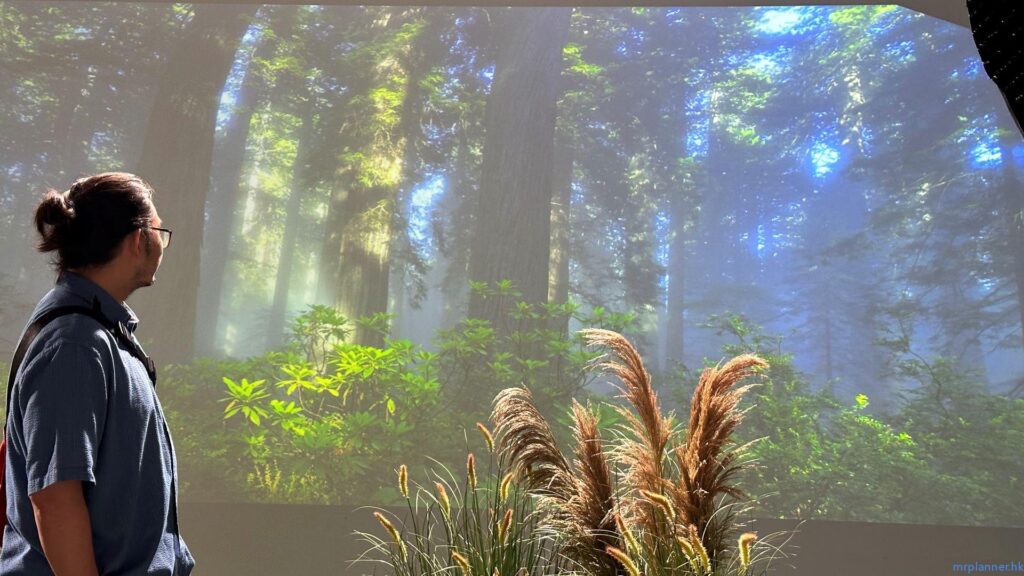
Challenges and Solutions in Using Projectors
Utilizing projectors in photography can introduce a variety of challenges, which may impede the creative process and outcome. One prominent issue is alignment. Accurate alignment of the projector to the subject is critical for achieving the desired image projection. Misalignment can lead to distorted images or unwanted shadows on the subject, which can detract from the overall visual effect. To mitigate this, photographers can use alignment tools, such as grid overlays or laser pointers, which assist in ensuring that the projector is correctly positioned relative to the subject and camera lens.
Another challenge is controlling ambient light. Projectors typically require a darker environment to produce clear images. In situations where ambient lighting cannot be adequately controlled, the projected images may appear washed out or lacking in detail. Photographers may consider employing blackout curtains or using portable reflectors to manipulate the lighting conditions. Additionally, experimenting with different projectors that have higher lumens can enhance image brightness without sacrificing quality.
Ensuring image quality is paramount when using projectors for virtual photography. Low-resolution projections can lead to pixelation and a generally unsatisfactory final image. To combat this problem, it is advisable to use high-resolution images and projectors optimized for detailed displays. Furthermore, conducting test projections before the actual shoot can help identify potential issues with focus or clarity, allowing photographers to make necessary adjustments in advance.
By being aware of these common challenges associated with utilizing projectors in photography—alignment, lighting control, and image quality—photographers can adopt practical solutions to enhance their creative endeavors. Implementing these tips will not only improve technical execution but also empower photographers to explore innovative avenues for visual expression.

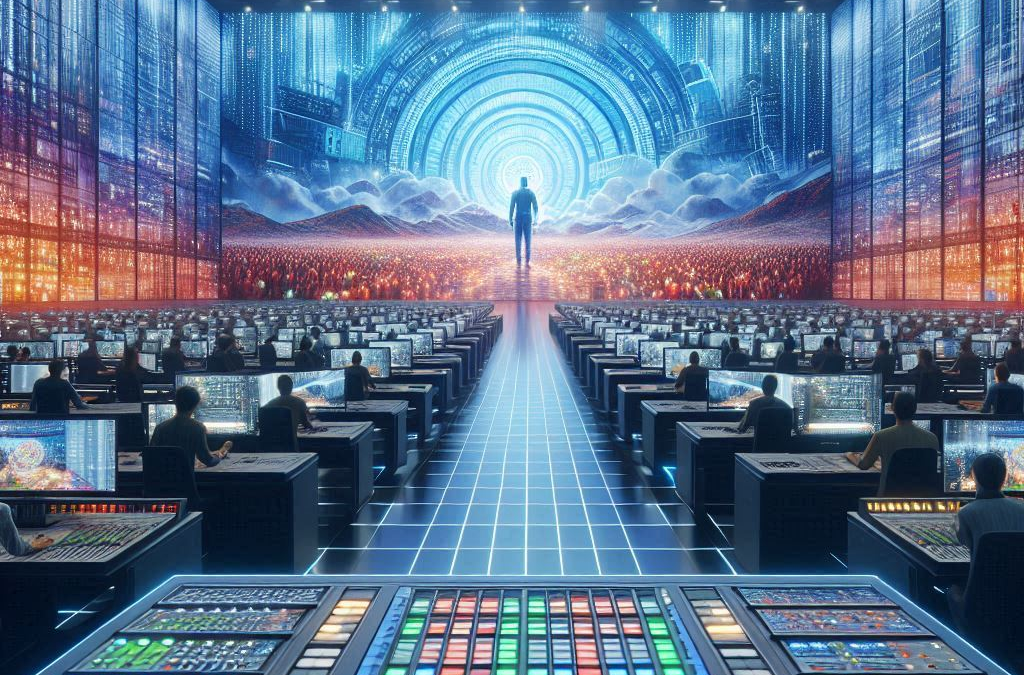
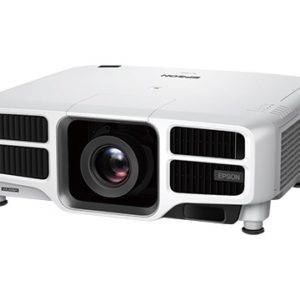
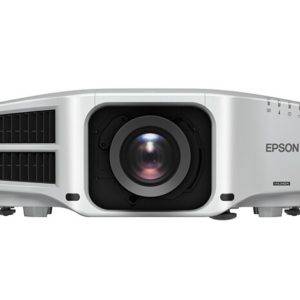




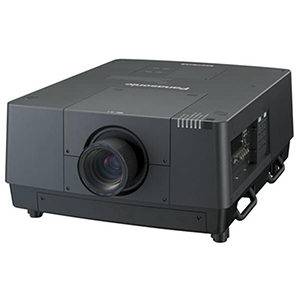
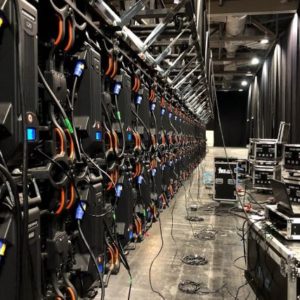
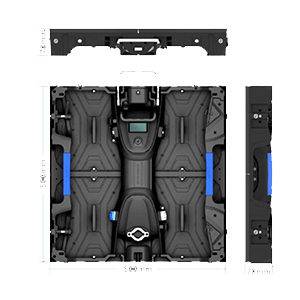





你必須登入才能發表留言。